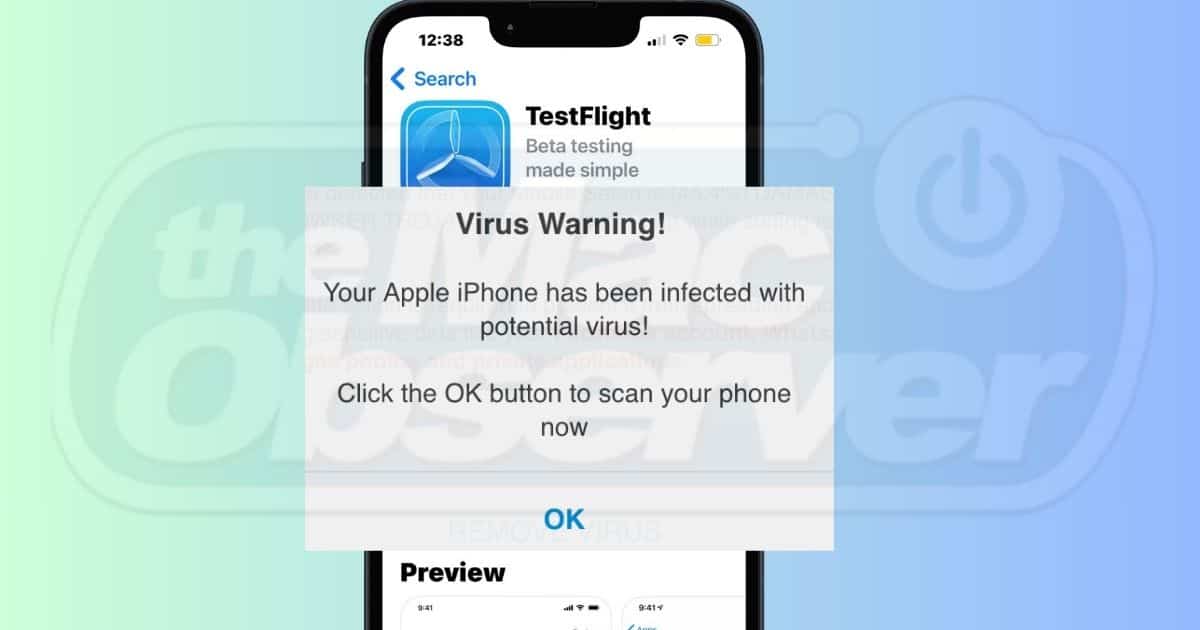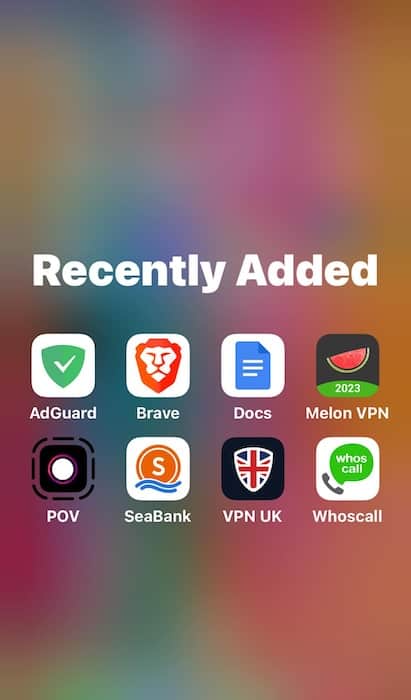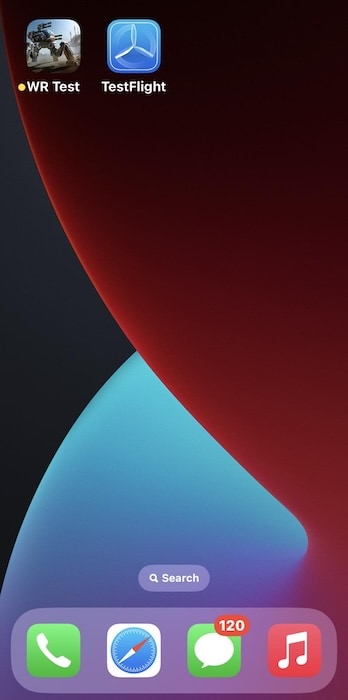Reports about the first widespread iOS ransomware definitely caught me by surprise. Apple is known for its rigid security systems. Although iPhones aren’t impervious to all forms of cyberattacks, they’ve never been involved in any major data breach. But the good news is that you can still secure your data. Here’s what you should know about the GoldDigger Trojan virus and how to remove it from your iOS device.
The First Widespread iOS Trojan Virus: GoldDigger
Before anything else, I want to clear up some misconceptions about GoldDigger. Firstly, it’s not the first iOS Trojan virus. Various types of ransomware have infiltrated the Apple ecosystem before—GoldDigger is merely the first most widespread attack documented. It’s also the first malware that meets the strict criteria of a Trojan virus, which include:
- Non-replication: Unlike iOS calendar viruses, GoldDigger can’t replicate autonomously or infiltrate other Apple devices by itself.
- Deceptive: GoldDigger hides itself in the beta versions of iOS apps, which you’ll find on TestFlight and alternative App Store alternatives.
- Data theft: Crooks use GoldDigger to steal your personal data, which they’ll later use to commit fraud.
- Social engineering: Since GoldDigger isn’t self-replicating or self-executing, running it requires third-party triggers. Of course, no one would willingly execute infected programs. So it uses social engineering tactics to trick iOS users into performing the necessary actions.
Secondly, GoldDigger isn’t exclusive to Apple products. The attacks started on Android devices, and they originally stole SMS messages, call logs, and contact details. Once GoldDigger reached iOS devices, it shifted its focus to biometric data (Face ID) and personal documents. The virus was also renamed to GoldPickaxe, although many still call it GoldDigger.
How to Remove the GoldDigger Trojan Virus From Your iPhone
Time needed: 10 minutes
Since the GoldDigger or GoldPickaxe iOS Trojan virus is neither self-replicating nor self-executing, you can remove it by deleting its host file. Here’s what you should do:
- Scroll left until you reach the App Library.
- Go to Recently Added and delete all the beta apps you downloaded from TestFlight and various third-party marketplaces.
- Likewise, look for any app with a red or yellow dot beside it—these indicators only appear on apps in the beta and alpha phases.
- If you feel like you still haven’t wholly removed the hackers from your iPhone, reset your device to its factory settings. Don’t bother backing up your files anymore.
How to Prevent Getting Infected by the GoldDigger Trojan Virus
As the old adage goes, prevention is better than cure. Cybercriminals will have a harder time tricking you into falling for the GoldPickaxe virus now that you understand it. Albeit its sophistication, this ransomware is relatively easy to avoid. Here are some tips to improve your security:
- Avoid downloading apps from TestFlight: Consider avoiding TestFlight for now, especially with the GoldPickaxe virus infecting random beta apps. Only download apps from the App Store.
- Turn off Face ID for your banking apps: You can still use Face ID, but consider disabling it on your online banking apps. Go to Settings > Face ID & Passcode > Other Apps. Here, you’ll see which apps have access to Face ID authentication—just toggle off their buttons.
- Only use public apps that have passed beta testing: The general population should avoid beta apps from third-party developers. Only use safe, secure public apps. But if you absolutely need to test beta programs, consider investing in a spare iPhone.
- Turn on 2FA on all your apps: Enable two-factor authentication whenever possible. It will prevent hackers from bypassing your login credentials even after they steal your biometric data.
The GoldPickaxe can penetrate any Apple device that supports TestFlight, including your Mac, Apple Watch, and iPad. Make sure you protect your entire Apple ecosystem. The best approach is to invest in a proven-and-tested Apple antivirus program—it’s a small price to pay for total security.






